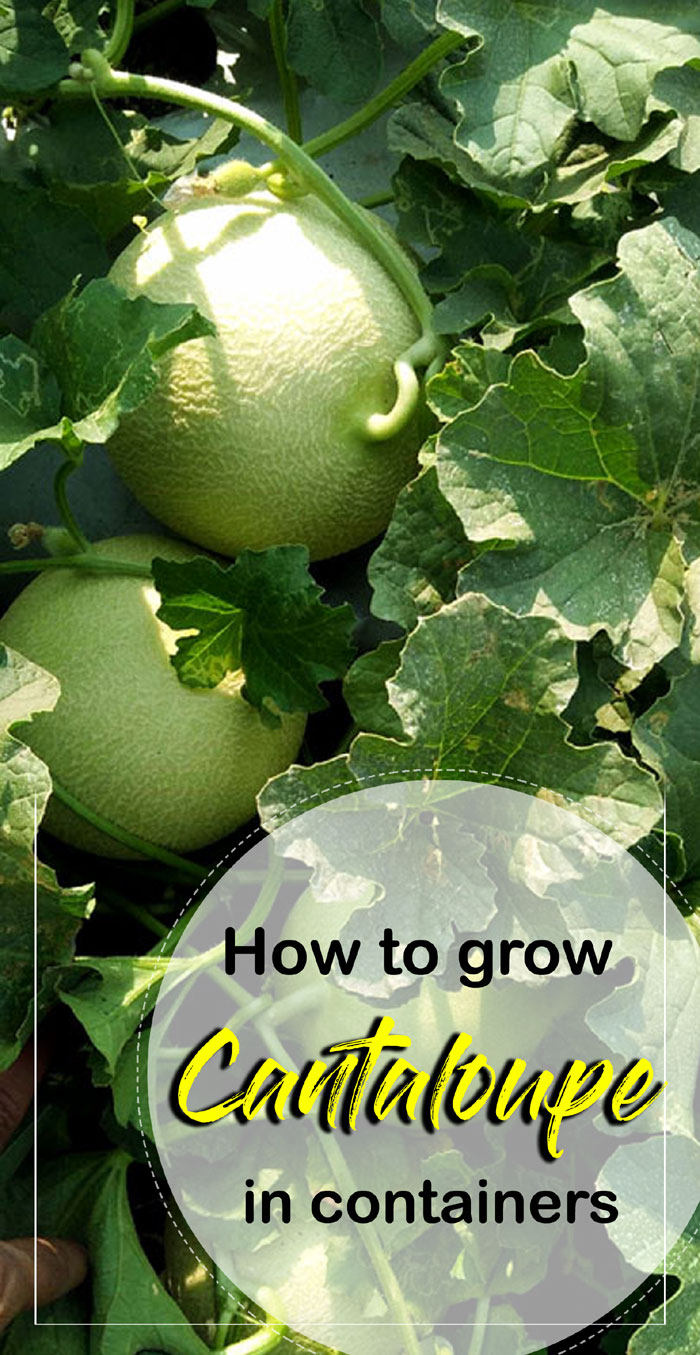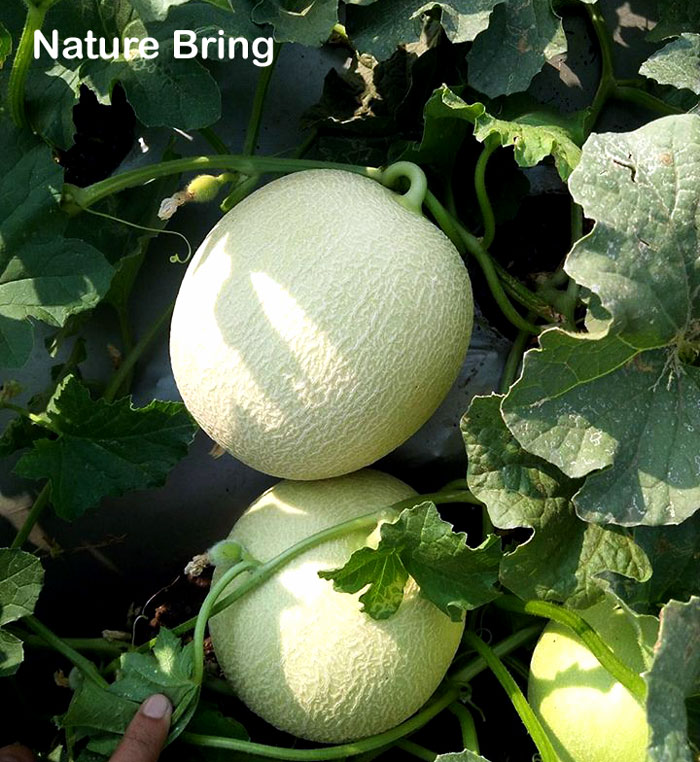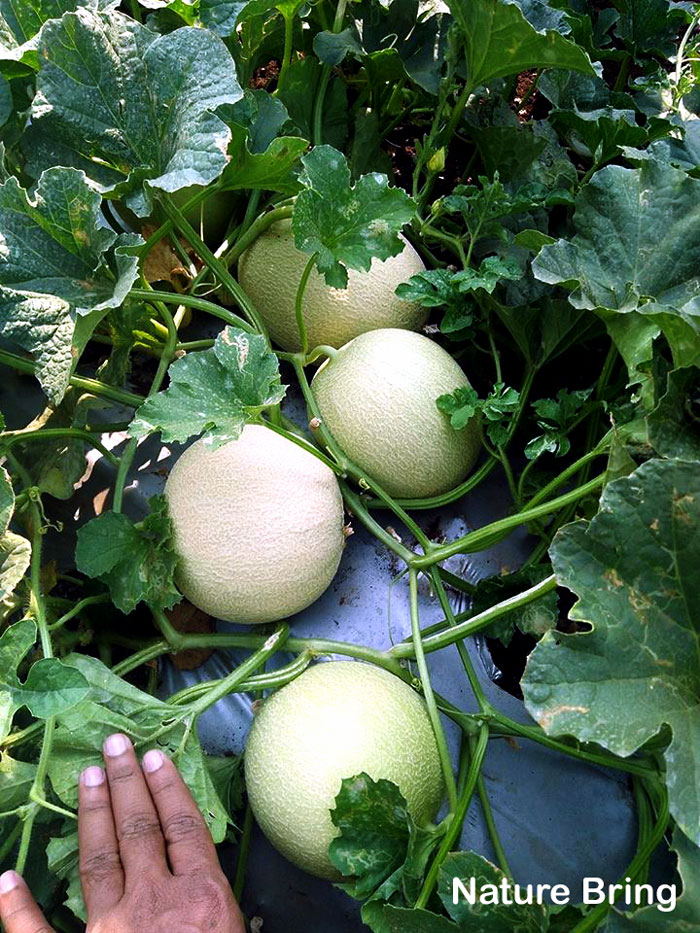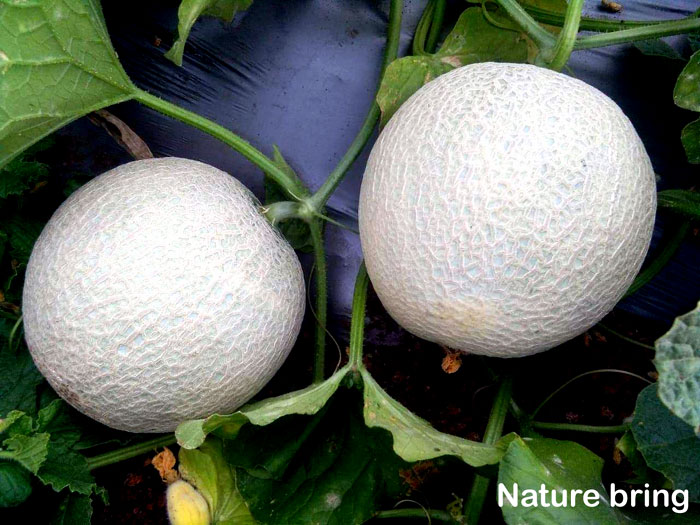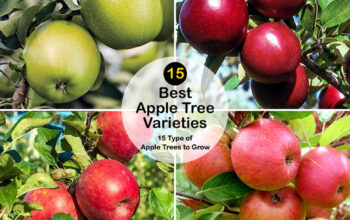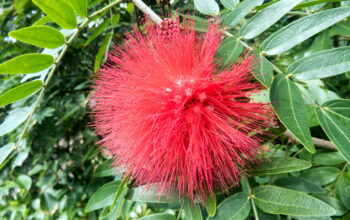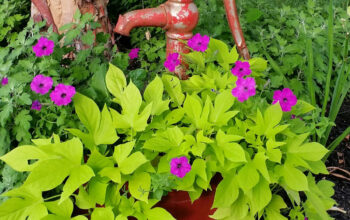Cantaloupe (Muskmelon)
Learn How to grow Cantaloupe, Growing Cantaloupe in containers, Muskmelon caring, Harvesting honeydew melon, and more about Cucumis melo plant. Cantaloupes or muskmelon is a delicious fruit of the summer season, which has relatively long growing seasons.
Cucumis melo is commonly known as ‘Cantaloupe’, but it is not really a true cantaloupe, rather, there is a kind of muskmelon. All melons prefer lots of moisture, sunlight, and heat. These are sun-bearing fruits, which contain plenty of vitamin B and antioxidants, which give you great nutrition and good taste.
Muskmelon overview
Scientific Name Cucumis melo
Common Name Muskmelon, Cantaloupe, Honeydew melon.
Plant Type Fruit plant
Sun Full Sun
Soil Sandy
Soil pH Slightly Acidic natural to natural
Zone 4-11
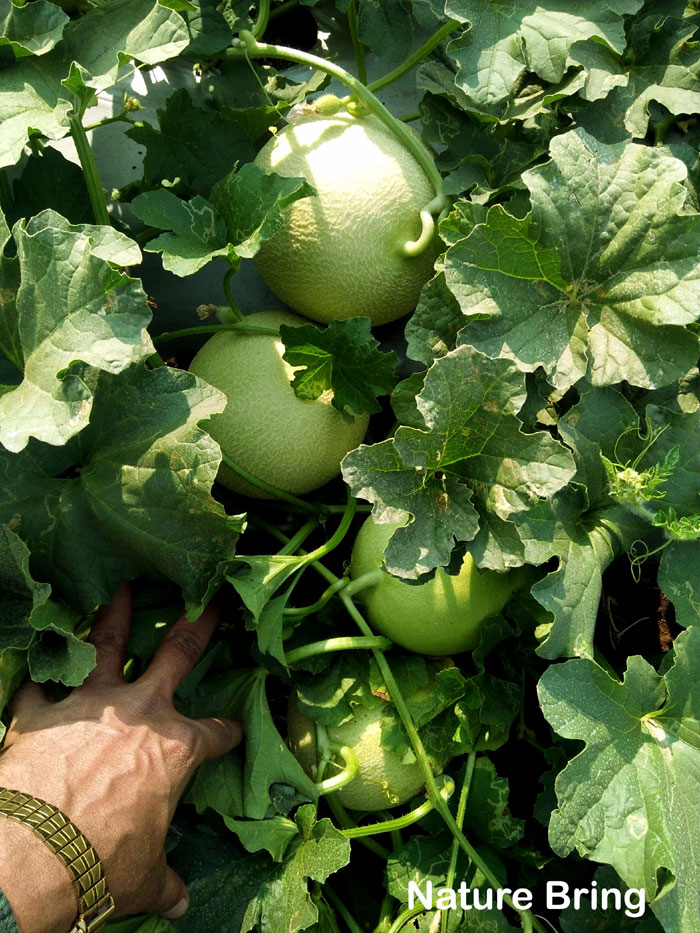
How to grow Cantaloupe
Soil and location
Cantaloupe likes abundant manure with rich soil, it is very good in the loam, well-drained soil. So after and before planting adds a lot of compost. Cucumis melo is widely grown in the well-aged compost heaps in which include the soil. Choose a place for muskmelon where the direct and complete sun comes.
Temperatures
Cantaloupe and musk melon love warm climates, it grows best in those areas where long-term temperatures are high. If the soil temperature is above 70 ° F then you can successfully grow it. If the time of summer is low then you can start it by seed inside the house. Like other cucurbits, its roots are also sensitive, so keep in mind while transplanting, do not let your germination be too large. Transplant it only after being gentle.
Planting seeds outdoor
If you are planting the seeds out in the ground, then sow seeds at depth of 1 inch and about 1 foot apart in rows at 5 feet distance. Keep the soil evenly moist, but it should not be soggy. Cucumis melo takes one or two weeks to germinate seeds, The temperature of 60 and 95 degrees Fahrenheit is ideal for its seed germination. if the soil temperature is above 70 degrees Fahrenheit, it is beneficial for the plant. Read more.
Planting seeds indoor
To set fruits, honeydew melon plant requires a long and hot growing season, and if the weather is short then you can start its seeds in a cold environment inside the house.
Start the seed inside the peat pot two to four weeks before. Place the seeds according to the per seed per pot at a depth of about 1/4 inch. Keep moisture in the soil and pour water well. The temperature of 60 and 95 degrees Fahrenheit is ideal for its seed germination.
Watering
Give this plant water depth and several times, about one to two inches water is required per week. Be careful while giving water to a drip hose or a soccer hose, so its leaves remain dry. Reduce the water gradually when ripening the fruit, so that it tastes good. When the water is high during the ripening, the fruit can split.
Feeding
After planting Muskmelon, give the water-soluble fertilizer along with food. Feed this fertilizer at two intervals of two weeks. you can also use granular type fertilizer, a formula such as 5-10-10.
Muskmelon Plant Care
- Cantaloupe plants should be well water after planting. These plants require approximately 1 to 2-inch water per week through drip irrigation.
- Mulch is also important in growing Cucumis melo plants, Mulch keeps the soil warm and maintains moisture.
- due to mulch helps in weed control, which makes the plant an unexpected increase. It also keeps the fruit away from the soil so that the fruit is clean and protected. Many gardeners use plastic mulch when the cantaloupe grow, however, you can also use a straw. Read more.
- If you have a lack of space, then use trellises 6 to 8 feet long. It will give proper growth to the plant, sunlight, and a good flow of air. This will keep plant diseases free and healthy.
- Nitrogen fertilizer may be good for its vegetative state, but stop using it after flowering.
- * To get a better yield from your muskmelons, you can use them to marigold, foxglove, sage, lavender or basil Can be planted together. This will help in attracting bees and butterflies to pollination.
Growing Cantaloupe in containers
- Growing cantaloupe in containers chooses at least 5 gallons of potting soil.
- Fill the container with a potting mix, add 10-10-10 tablespoon of fertilizer on the soil, and mix thoroughly.
- Sow the seeds of four cantaloupes in a container, plant the seed approximately 1 inch deep, keep the seed at equal distances from each other.
- Now place the container in an area where it can get sunlight throughout the day. Cover the top of the container with a plastic sheet. This keeps moisture and heat in the soil during germination. Remove the plastic sheet after about 7 days after the germination of the seed. After producing the first set, dilute the weak shoots.
- Water the container after planting, after drying the top, again water the soil. Add this plant to so much water until extra water starts moving out of the container surface.
- The melons that grow in the container require more water, they cannot tolerate dry clay. During the hot and dry season, it may require twice or more water on a regular basis.
- After flowering in melon plants, give balanced fertilizer every two weeks.
- Cut the amount of water before reaching full size, when they get ripe. Provide water only for adequate moisture supply so that the soil is not dry during this period. Read more.
Pests and disease honeydew melon
- Muskmelon can be affected by pests and diseases. Striped cucumber beetles often harm the melon, they chew the plant and spread diseases such as bacterial wilt and cucumber mosaic virus. You can use yellow sticky nets to solve.
- These plants may also have problems with aphids. Flood the infected plant with a powerful flow of water in the early morning. Flea beetles also affect the plant, use the floating cover until a flower appears in the plant.
- Powdery mildew also affected this plant, due to which the leaves and white powders layer appears on other parts of the plant. You may have to fight fusarium wilt, fungal leaf spot, and scabs. Remove all weak and unhealthy plants immediately. Watering management and proper air circulation are necessary to prevent these diseases.
Harvesting honeydew melon
Cucumis melo fruit seems to be about 1 month after planting for harvesting. Muskmelons and cantaloupes are naturally separated from the stem after ripening. They are only attached to the gentle tug and their skin color keeps on yellowing. If you are sure about harvesting, then just keep checking the stem, where the fruit is connected. Clean the melon properly and keep it in a cool place or in the fridge.
To see the health benefits of cantaloupe.
Varieties Cantaloupes
- Hell’s Best Jumbo
This variety takes 80-90 days to mature. It produces large and fragrant melons.
- Minnesota Midge
This variety takes 70-80 days to mature. It produces sweet-flavored melons.
- Bush star
It takes 90 days for the success of maturity. This is a good variety of limited places.
- Honeydew melon
Honeydew melon takes 80-85 days to get maturity. This is the most popular variety.
Read also: How to grow Onion in containers. Growing Pansy flowers in containers. How to grow Jade plants in containers. Houseplants care easy tips by Nature bring. Growing Black Pepper at home. 8 Best Frugal Gardening tips. Jackfruits growing and caring tips. Best flowers for Bees and Butterfly garden. Gardenia plants growing in containers. Turnips growing and caring guide. Ridge gourd growing and caring guide.
Happy Gardening
For pin:
